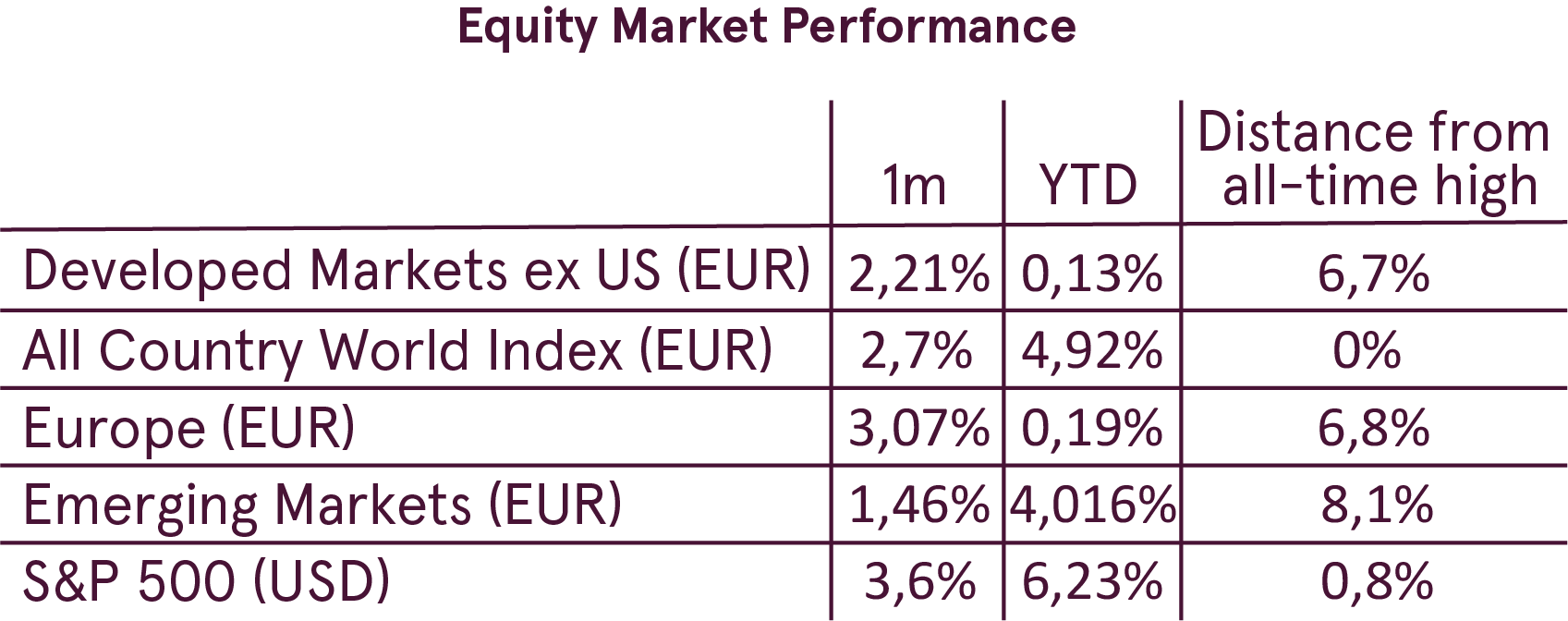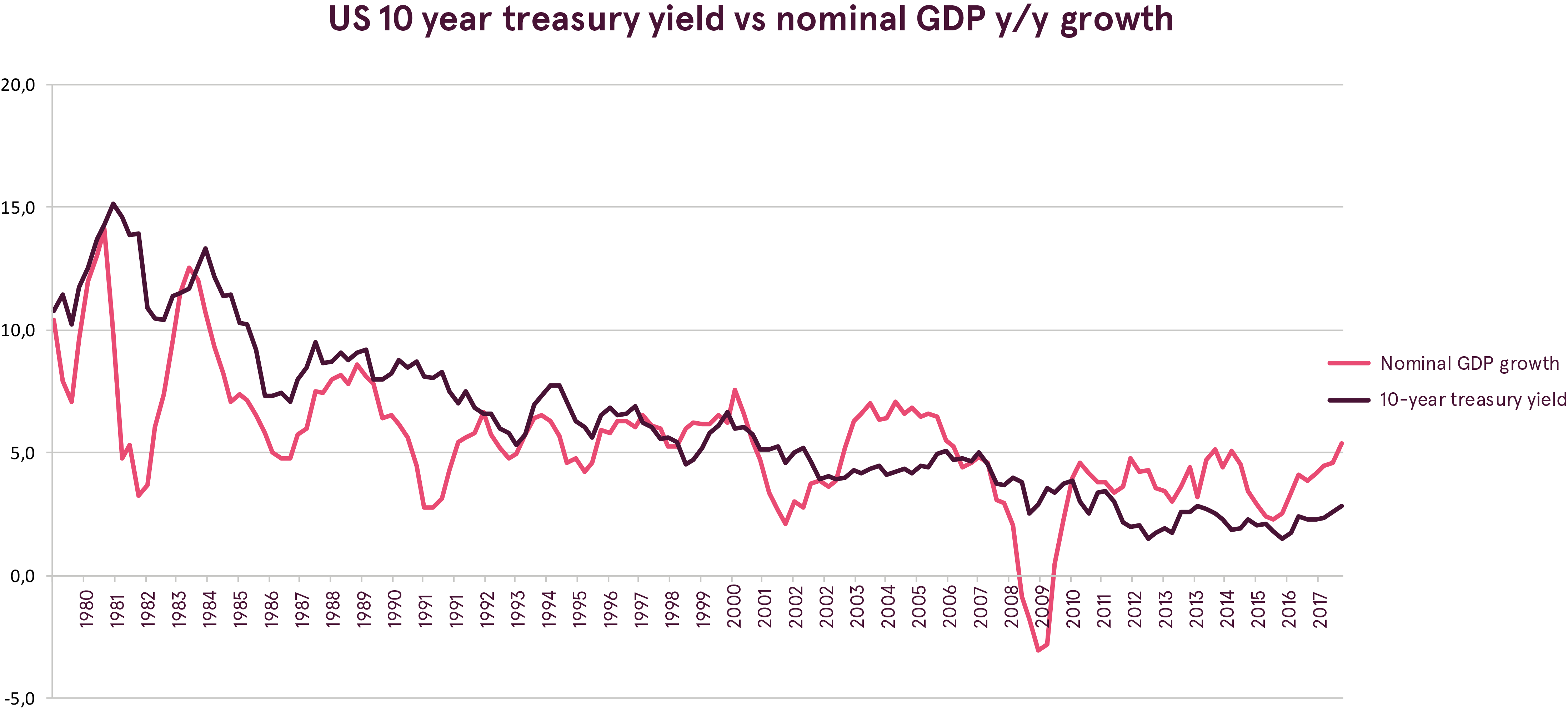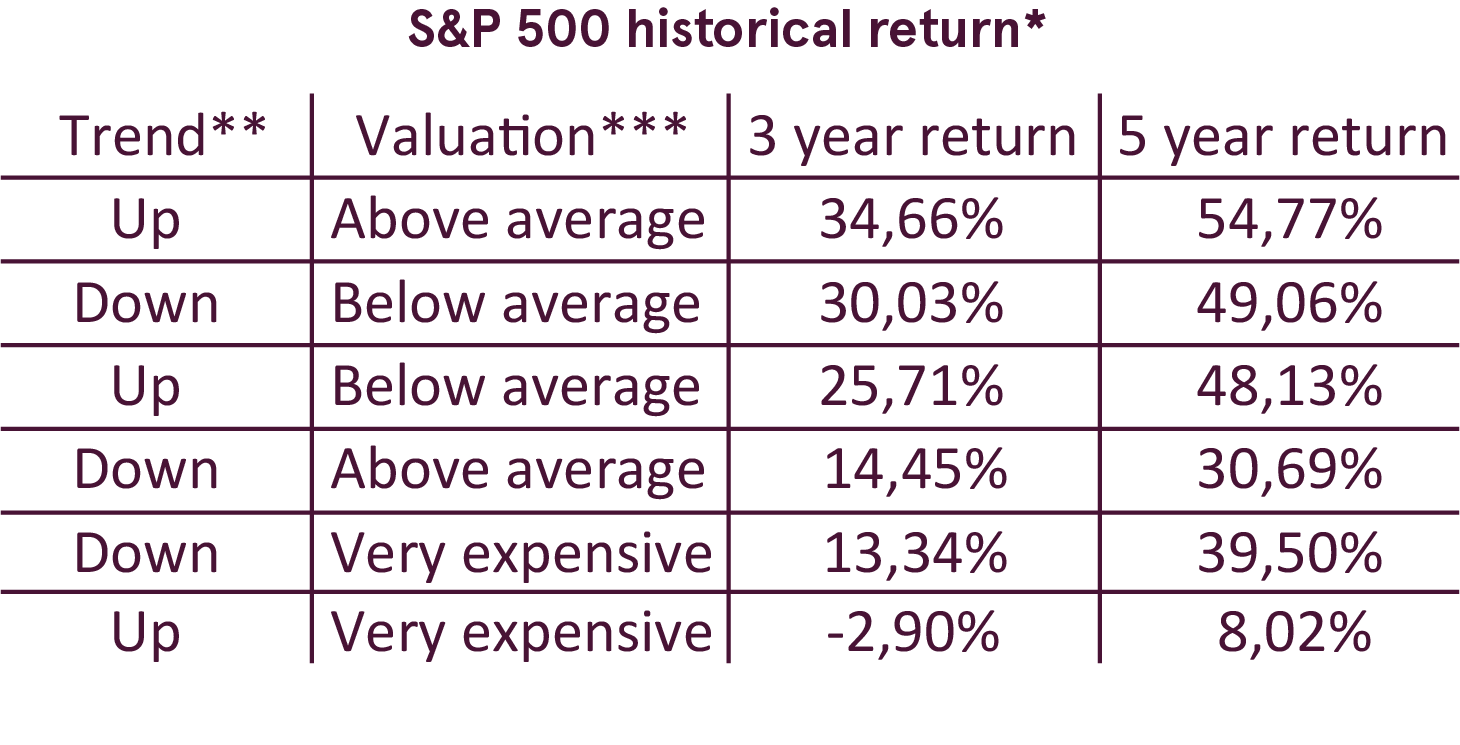Disclosures and disclaimer
Origin of the publication
This publication originates from Luminor’s Investment Advice Development Department (hereinafter referred to as IAD). Luminor is supervised by the Estonian Financial Supervisory Authority (Finantsinspektsioon).
Content of the publication
This publication has been prepared solely by Anton Skvortsov, Investment Advice Development Manager.
Opinions or suggestions from the IAD unit may deviate from recommendations or opinions presented by Luminor Markets. The reason may typically be the result of differing time horizons, methodologies, contexts, risk assessments, portfolio considerations or other factors. Opinions, price targets and calculations are based on one or more methods of valuation, for instance cash flow analysis, use of multiples, behavioural technical analyses of underlying market movements in combination with considerations of the market situation, interest rate forecasts, currency forecasts and the time horizon. Key assumptions of forecasts, price targets and projections in research cited or reproduced appear in the research material from the named sources.
The date of publication appears from the research material cited or reproduced.
Opinions and estimates may be updated in subsequent versions of the publication, provided that the relevant company/issuer is treated anew in any later versions of the publication.
This publication has not been reviewed by the issuers of the relevant financial instruments mentioned in the publication prior to its publication.
Validity of the publication
All opinions and estimates in this publication are, regardless of source, given in good faith, may only be valid as of the stated date of this publication and are subject to change without notice.
No individual investment or tax advice
The publication is intended only to provide general and preliminary information to investors and shall not be construed as the sole basis for an investment decision.
This publication has been prepared by Luminor as general information for private use of investors to whom the publication has been distributed, but is not intended as a personal recommendation of particular financial instruments or strategies and thus it does not provide individually tailored investment advice, and does not take into account your particular financial situation, existing holdings or liabilities, investment knowledge and experience, investment objective and horizon or risk profile and preferences. The investor must particularly ensure the suitability of his/her investment as regards his/her financial and fiscal situation and investment objectives.
The investor bears all risks of losses in connection with an investment. Before acting on any information in this publication, it is recommended to examine the specific terms and conditions of investment products or services and consult one’s financial advisor.
The information contained in this publication does not constitute advice on tax consequences of making any particular investment decision. Each investor shall make his/her own appraisal of the tax and other financial advantages and disadvantages of his/her investment.
Sources
This publication may be based on and contain information, such as opinions, recommendations, estimates, price targets and valuations which emanate from: IAD, publicly available information, information from other units of Luminor or other named sources. Luminor has deemed the Other Sources to be reliable but does not guarantee the accuracy, adequacy or completeness of the External Information.
The stated prices are the closing prices at the stock exchange unless expressly stated otherwise. The perception of opinions or recommendations such as Buy/Sell or similar comparable expressions may vary depending on, for example, the source and the type of financial instrument in focus, and the definition is therefore where appropriate shown in the research material or on the website of each named source.
Limitation of liability
The liability of Luminor may not be engaged as regards any investment, divestment or retention decision taken by the investor on the basis of this publication. Luminor shall not be liable for direct, indirect or incidental, special or consequential damages resulting from the information in this publication regardless of whether such damages were foreseeable or unforeseeable.
Risk information
The risk of investing in certain financial instruments, including those mentioned in this document, is generally high, as their market value is exposed to many different factors such as the operational and financial conditions of the relevant company/issuer, growth prospects, change in interest rates, the economic and political environment, foreign exchange rates, changes in credit rating, liquidity in the market, shifts in market sentiments, etc. In case of a company´s/issuer’s insolvency or similar circumstance there may be periods when the financial instrument issued by the company/ issuer cannot be traded. Where an investment or security is denominated in a different currency than the investor’s currency of reference, changes in rates of exchange may have a positive or negative effect on the value, price or income of or from that investment to the investor. Important disclosures of risks regarding investment products and investment services are available here.
Past performance is not a guide to future performance. Estimates of future performance are based on assumptions that may not be realized. When investing in individual financial instruments the investor may lose all or part of his investments.
Conflicts of interest
Luminor may perform services for, solicit business from, hold long or short positions in, or otherwise be interested in the investments (including derivatives) of any company mentioned in the publication.
To limit possible conflicts of interests and counter the abuse of insider knowledge, the advisors and strategists in Luminor are subject to internal rules on sound ethical conduct, the management of inside information, handling of unpublished research material, contact with other units and personal account dealing. The internal rules have been prepared in accordance with applicable legislation and relevant industry standards. The object of the internal rules is, for example, to ensure that (i) no advisor or strategist will abuse or cause others to abuse confidential information, (ii) a physical separation exists between advisors and strategists involved in the production of this publication and other relevant persons whose responsibilities or business interests may conflict with the interests of the persons to whom the investment research is disseminated, (iii) advisors and strategists involved in the production of this publication act in good faith, etc.
It is the policy of Luminor that no link exists between revenues from capital markets activity and individual advisor or strategist remuneration. Luminor does not promise issuers favourable research coverage. The availability of this publication is not associated with the amount of executed transactions or volume thereof.
This material has been prepared following the Luminor Conflict of Interest Policy, which may be viewed here.
Information about personal shareholdings of Luminor advisers and strategists will be disclosed at Luminor’s web page if this issue becomes relevant.
Distribution
This publication does not constitute an offer of services in any jurisdiction where Luminor does not have the necessary license. The securities referred to in this publication may not be eligible for sale in some jurisdictions. This publication is generally public but is intended only for distribution in Estonia, Latvia and Lithuania.
This publication may be distributed by Luminor Estonia, Latvia and Lithuania.
This publication may not be mechanically duplicated, photocopied or otherwise reproduced, in full or in part, under applicable copyright laws.






